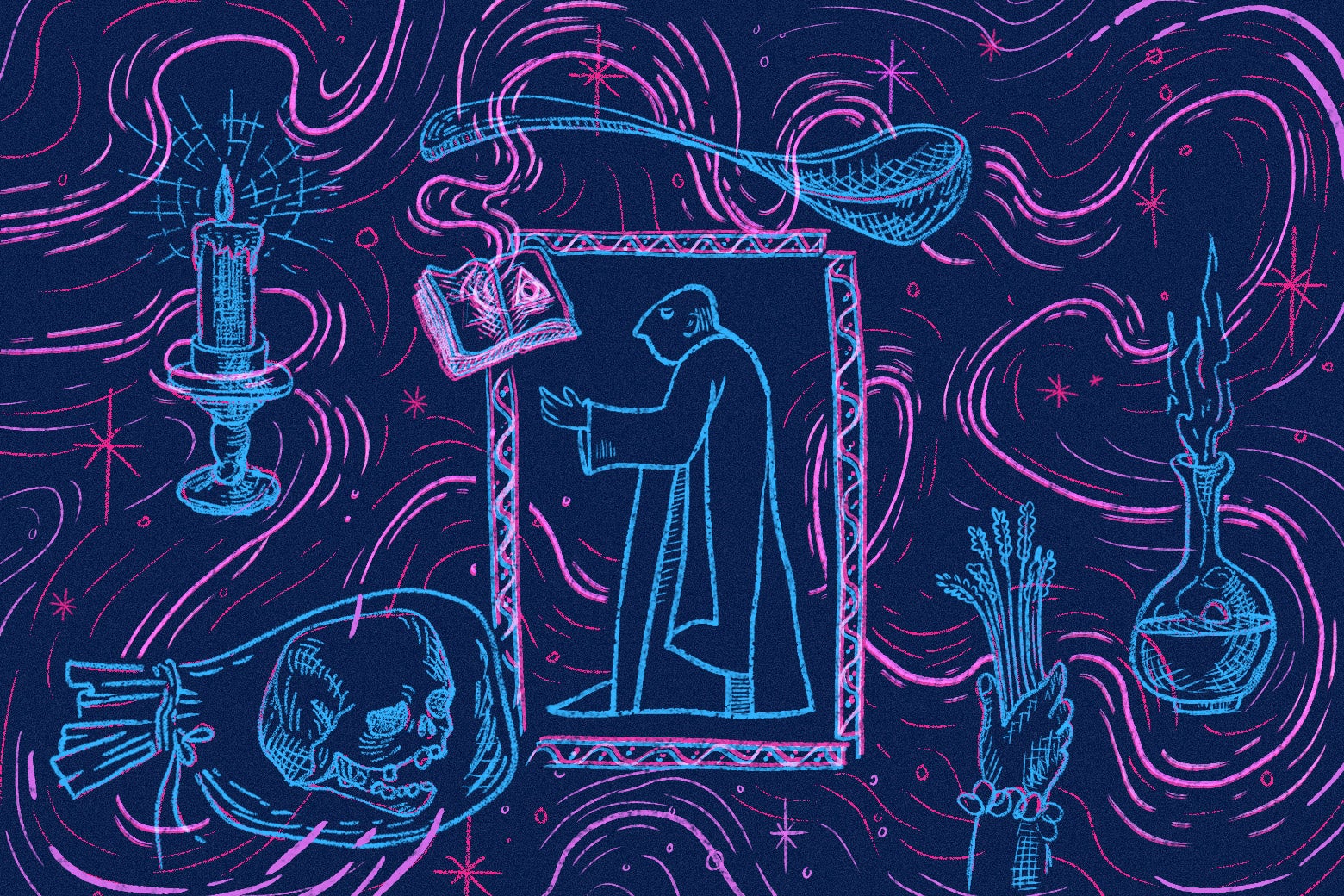Black Magic and Scientism

Magic has fascinated me since I learned that the high watermark of magic was the Renaissance. The cutting-edge Renaissance thinkers were magicians. Magic and science were intertwined, its practitioners flitting between the two practices (arts) in their attempt to understand and, ultimately, control/manipulate the world, unaware that they are two entirely different things. Magic was discredited when Isaac Casaubon killed Hermes Trismegistus in 1614, then science took over. The story is told here.
Both science and magic are left-hemispheric tools. The left hemisphere, I like to say, is "tasked with tasks." It gets things done and helps us, in Jordan Peterson's phrase, "keep soul and body together." Both science and magic are, conceptually, equally valid (and identical) pursuits. Both, in other words, are rational. The practical difference is, one of them works and the other doesn't, which is one reason science soared after Europe stopped squandering energy on magic and channeled all that left-hemispheric efforts into science.
Both science and magic, being left-hemispheric tools, have a natural tendency to go too far. This is the lesson behind the fable of The Master and His Emissary. In science, this is known as "scientism": the belief that science alone can provide a complete and authoritative understanding of reality. Its magical counterpart is "black magic": the belief that anything is permissible, even the complete rejection of reality, if it accomplishes one's ambitions.
They're both perennial risks because the undue eruption of (usurpation by) the left hemisphere is a perennial risk. Left-hemisphere eruption is, I've concluded (but am open to discuss further), the "event of consciousness" that Voegelin struggled to understand and labeled "gnosticism."
The idea that it's a perennial risk is on display in this nifty review-essay of Barbara Stanmore's new book, Cunning Folk: Life in the Era of Practical Magic. Excerpt:
Stanmore recounts the 1371 arrest of a man named John Crok on the streets of Southwark. Crok was found carrying a severed head which he said he’d obtained in Toledo, Spain. He planned—with the help of a book of “experiments” also found on his person—to trap a “spirit” inside the head and compel the spirit to answer questions. The court found that Crok had not “done any deceit or evil to the king’s people with the aforesaid head,” and let him go after he swore not to do it again. The head and the book were burned.


